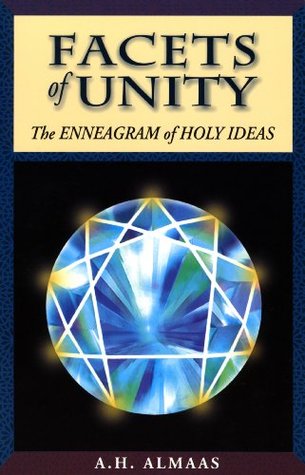More on this book
Kindle Notes & Highlights
Ultimately, all self-blame comes down to blaming oneself for not being enlightened. Universally, there is a core place within all ego structures where one feels guilty for not being a realized Being. The guilt, as we have seen, has to do with the fact that (in Christian terms) you have been thrown out of paradise—yet you don’t blame God for this; you blame yourself. The deeper you go into understanding the sense of guilt, the more you realize that you feel guilty for not being real.
Here you see that you have carried within you a profound sense of guilt for losing contact with your true nature. A sense of great betrayal arises, not just because your parents didn’t see your real nature, but that you stopped seeing it.
because you are not in a state of total completeness, you feel guilty and bad, and have an attitude of punishing and hating yourself. This gets projected, and you attempt to remedy the situation by getting revenge. This is the constellation or complex that results from the loss of Holy Truth. Revenge is really the ego’s attempt to regain the original state of unity.
The Holy Truth includes everything—including the guilt and self-blame. It is all-inclusive and all-encompassing; otherwise it would not be holy. The belief that some manifestations are holy and others are not, or that some people are chosen by God and others are not, is not the Holy Truth. The Holy Truth chooses all people—they are its life. This is why it is said that, “The sought becomes the seeker.”
The awareness that because every individual is intimately connected with the entire cosmos by the operation of objective laws within their own bodies, there is no separateness or alienation except as a mental hallucination. Because the cosmic laws govern every aspect of ourselves, there is no possibility of hiding from the Cosmos, or avoiding the results of natural processes. When we understand this, we are completely at peace with our past.
The way this universal view of reality is reflected in human experience is described by the next Holy Idea that we will discuss, Holy Omniscience, which is also sometimes called Holy Transparency.
Holy Omniscience is the Universal Mind, which is the multiplicity of existence within the unity described by Holy Truth.
In Holy Truth, the emphasis is on the unity of the universe; it is all “of the same taste,” as the Tibetan Buddhists say. With Holy Omniscience, the emphasis is on the differentiations and discriminations within that unity.
Holy Omniscience is the experience of oneness—the sense that everything is interconnected and not separate,
The difference between these two experiences of the nature of reality is expressed in the Sufi tradition by two different names of God: Abad, the inner nature, and Wahid, the outer nature of the unity of existence.
The other name of this Holy Idea, Holy Transparency, refers to oneness seen from the point of view of the individual. Instead of looking at the nature of reality from an “aerial” point of view, which would correspond to that of Holy Truth, we are seeing it from our human vantage point. It is the understanding of our place as human beings within the unity of existence, and from this perspective, we see that we are each an inseparable part of the whole, each a cell in the cosmic body, each a part of the “body” of God, inseparable from objective reality. The human being, then, is seen to be one
...more


